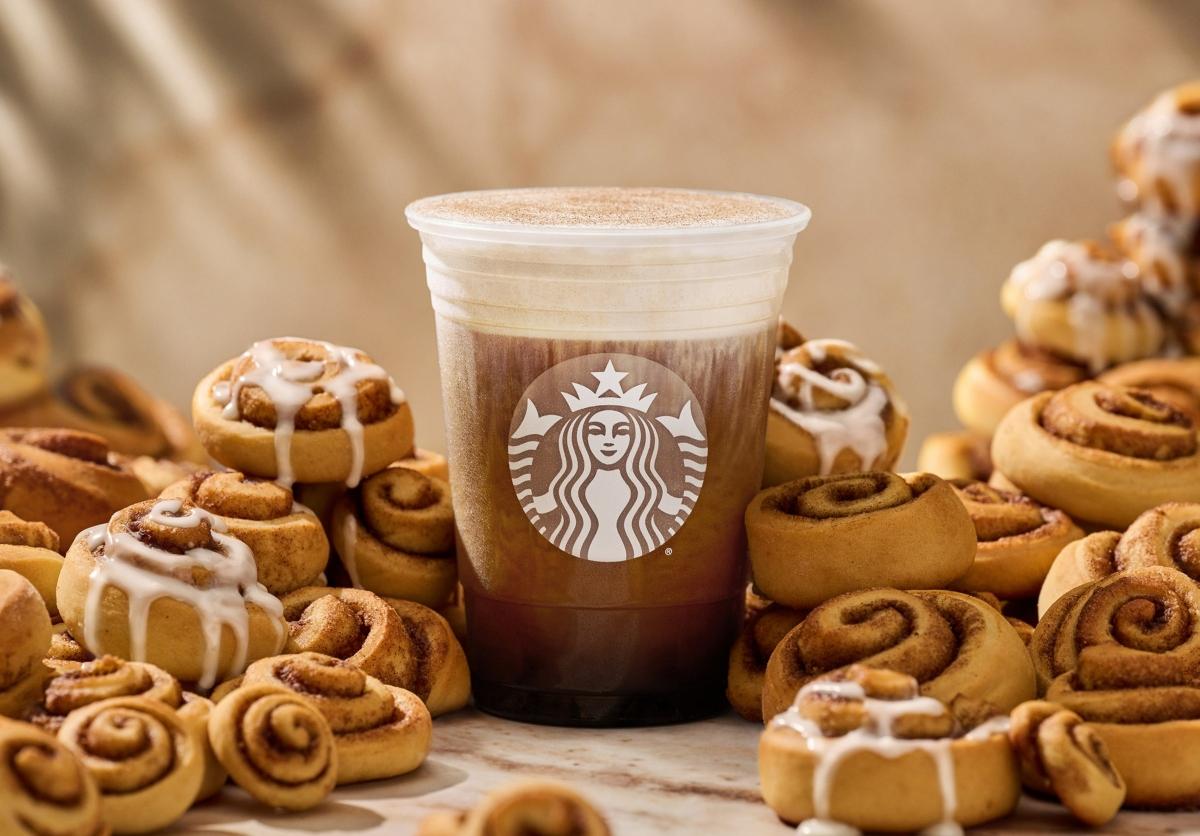What Is the Latte Factor? Financial Concept Could Help You Save More Money
What is the latte factor? Based on a book by David Bach, the financial concept could change the way you think about small expenses.
April 19 2023, Published 5:42 p.m. ET

In the personal finance world, the cost of a fancy coffee has received a lot of criticism. Best-selling author David Bach even tackled the topic in his 2019 book The Latte Factor, in which he uses a parable to illustrate his beliefs about money and budgeting. What is the latte factor, and why is it such a popular concept to use to illustrate money truths?
Personal finance educators had talked about spending on lattes before Bach's book was published, but his book clearly lays out the metaphor of the latte factor. While people may think of the latte factor as a criticism of people who enjoy specialty coffee drinks, you might be surprised at the actual meaning behind the phrase.

What is the latte factor?
Essentially, the "latte factor" is the phrase Bach chose to illustrate a larger truth about money. His point isn't that people should stop buying expensive lattes, but that they should consider how much they spend on a regular basis on seemingly small expenses. Those small expenses, when repeated daily over many years, could seriously limit your wealth building potential.
On Bach's website, he explains that saving for the future instead of making small purchases such as lattes, magazines, or bottled water "can really make a difference between accumulating wealth and living paycheck to paycheck." He wrote about the concept in The Latte Factor as well as in The Automatic Millionaire: A Powerful One-step Plan to Live and Finish Rich.
Let's look at the math behind the latte factor. Bach bases his calculations on the cost of a typical latte being $4. The blog ModestMoney says that if you invested the $4 you spend daily on a latte (rather than spending it), if it grows at 5 percent annually, it would be worth almost $30 in 40 years. At 8 percent annual returns for 40 years, the $4 becomes $98.10.

The point of Bach's concept isn't about the specific expense of a latte, but about anything people buy on an almost-daily basis that seems like a small expense. Those small expenses can add up.
Why do people criticize 'The Latte Factor'?
Although the book The Latte Factor sold very well, Bach and the concept have faced a lot of criticism. As Rob Berger of DoughRoller explains, that the term "latte factor" isn't really about lattes. Some criticize Bach for putting so much importance on $4 lattes and ignoring much bigger expenses and how they can impact people's finances.
One who seems to disagree is personal finance educator Ramit Sethi, who advises people to buy all the lattes they want. His focus is on prioritizing spending, in whatever categories matter the most.

Ignoring $1, $5, and $10 purchases could be a mistake, according to the latte factor.
Here's how tracking your expenses can help you find your 'latte factor.'
If you're interested in how the latte factor can work for you, you can start by tracking your expenses. If you don't already follow a budget, tracking expenses is a great place to start. Record every single transaction you make, no matter how small, for at least a month, and total up your spending in each category.
Many people don't realize what their latte factor is until they track expenses carefully. You might be surprised to learn you're spending $80 a month on takeout coffee (the equivalent of a $4 latte every weekday). You might even find multiple "latte factors" or categories in which you spend a lot more than you think.
Do the math on 10 years, 20 years, and even 40 years to find out how much you'd spend on these little things over time. That alone might be shocking. Then, plug in your "small" expense to Bach's online calculator with an estimated annual interest rate to see how much that money could grow to if you invested it rather than spending it.

Adjusting your spending in small ways can have a big impact.
The point of the latte factor is that small decisions can make a big difference, especially over a long period of time. In spending $5 or $10 regularly, you run the risk of depleting your future finances. Once you've seen how small purchases add up over time, decide where you might cut your spending to better prepare for your future.
Rather than living paycheck to paycheck, taking control of your spending with concepts like the latte factor could help you to get more comfortable with money. It could help you to save and invest in your future as well.
Examples of spending that can add up:
- lattes
- lunches out or bottled water on the go
- weekly fast fashion purchases
- cigarettes
- snacks
- ATM fees
- entertainment
